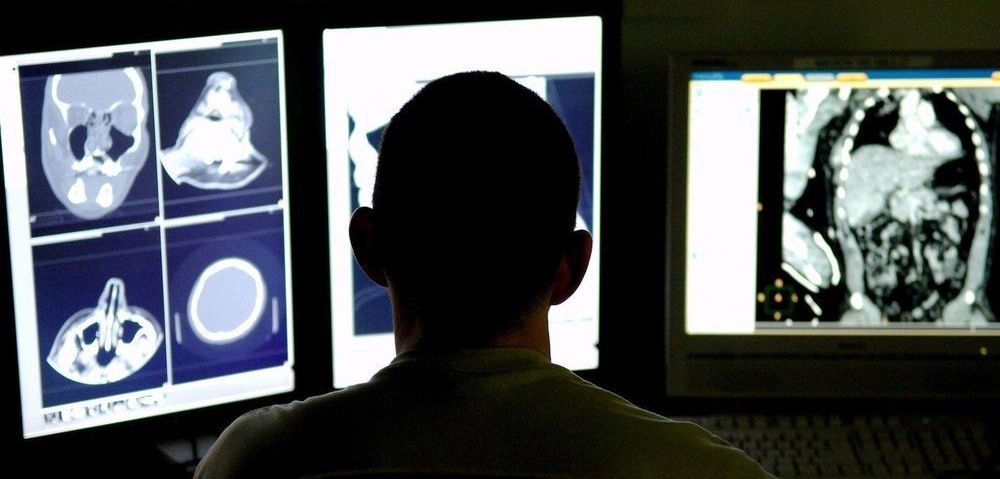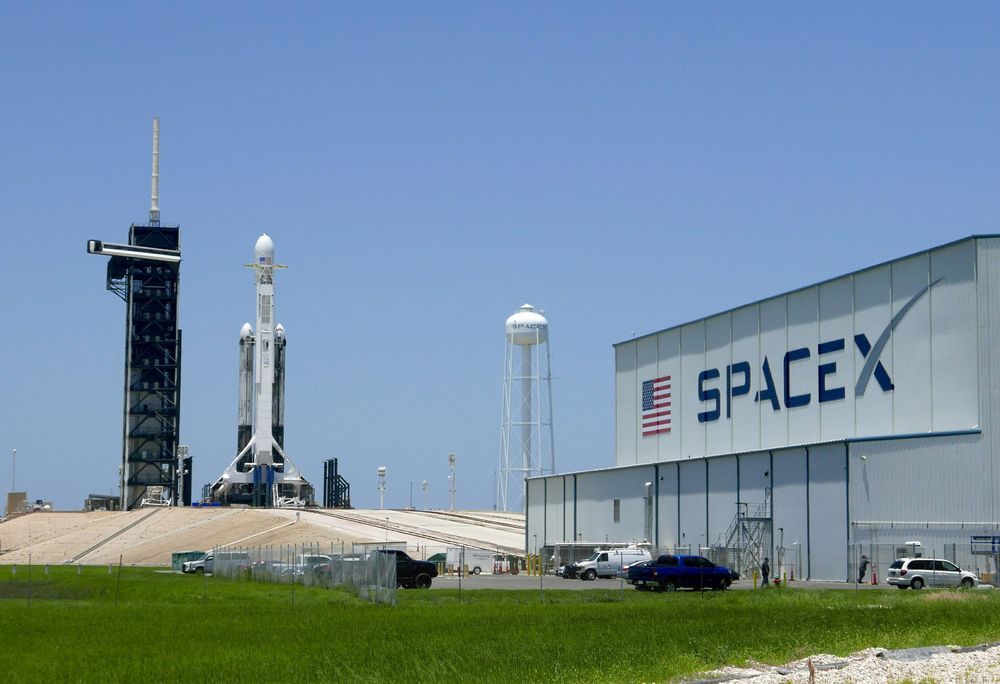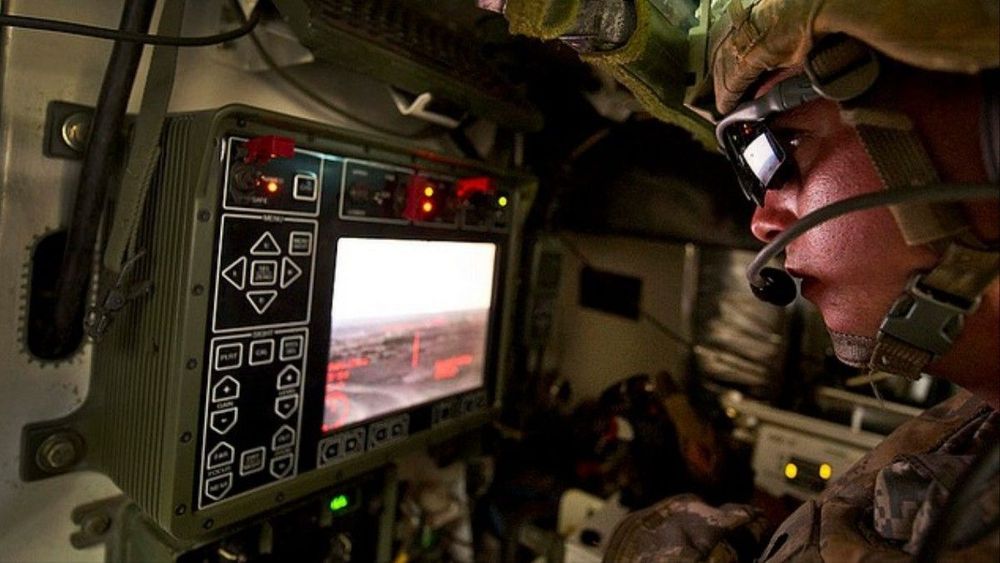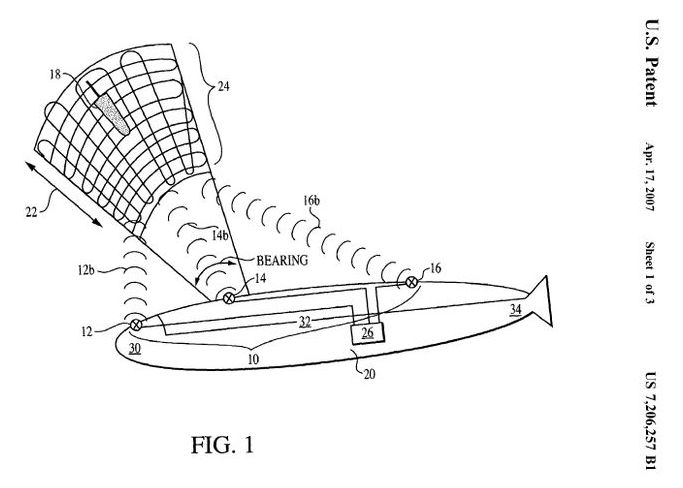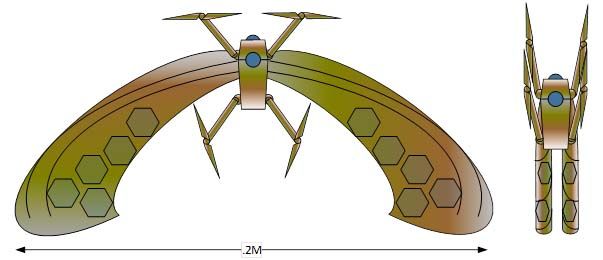It sounds like something a wild-eyed basement-dweller would come up with, after he complained about the fit of his tinfoil hat. But military bureaucrats really are asking scientists to help them “degrade enemy performance” by attacking the brain’s “chemical pathway[s].” Let the conspiracy theories begin.
You’ve read your last complimentary article this month. To read the full article, SUBSCRIBE NOW. If you’re already a subscriber, please sign in and and verify your subscription.
